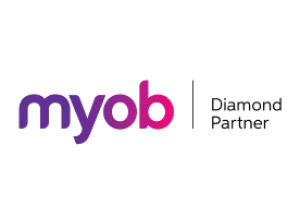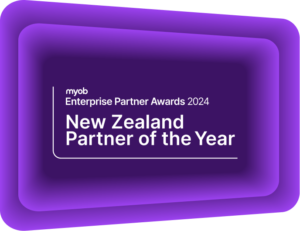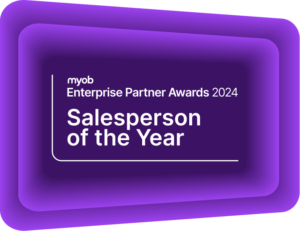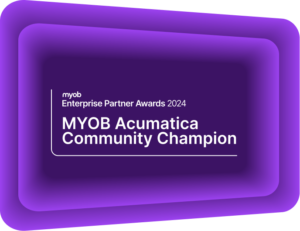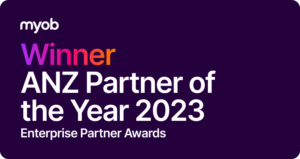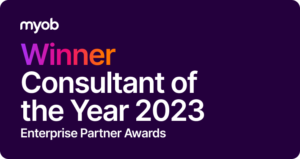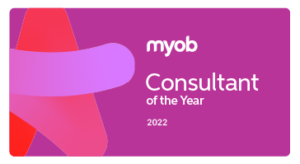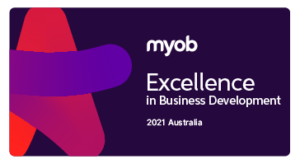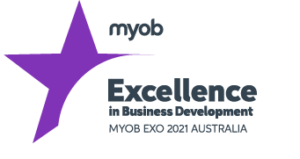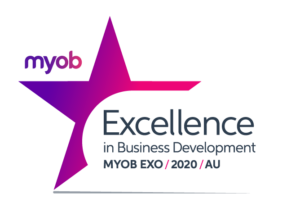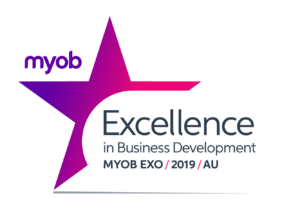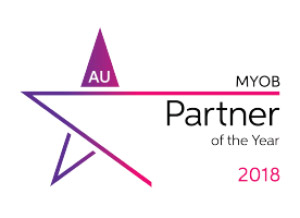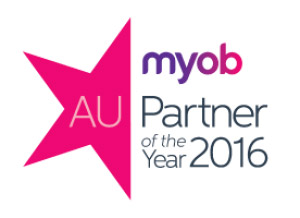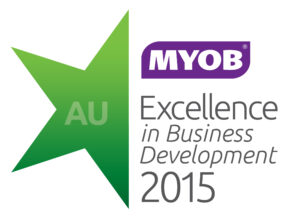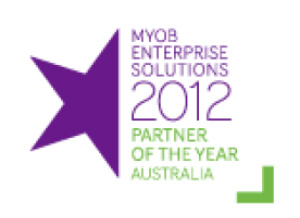A Complete Guide to ERP Implementation Phases
Navigate step-by-step through the ERP implementation process.Enterprise Resource Planning (ERP) systems are powerful tools that integrate core functions, such as finance, operations, inventory, and customer management, into one centralised business management platform. There are many different types of ERP, and the right one can improve data visibility, streamline processes with automation, and support better decision-making across the organisation.
But implementing an ERP system is not a simple task. It is a complex, multi-phase project that affects every area of the business. Success depends on a clear structure, strong collaboration, and expert guidance throughout each stage of the journey.
7 Core Phases of ERP Implementation
A successful ERP implementation relies on following structured phases and the strong collaboration between a business and its implementation partner.
Discovery, Planning and Risk Assessment
Choosing your next ERP software is an important decision that requires careful consideration and planning. Your choice of implementation partner is just as important. They can help you navigate the ERP selection process and help you choose one that best fits your requirements, and work collaboratively with your team from the very beginning. When goals are aligned early, adoption improves, change is easier to manage, and the return on investment becomes clear from the outset.
Risk assessment is a key part of this phase. Every implementation carries an element of risk, and how this risk is managed and mitigated is a significant driver of implementation success. This helps avoid costly changes later and ensures the system supports your strategic direction.
- Software risk – will the new system do what we need it to do?
- Implementer risk – does the implementing team have the skills required to fulfil their sales team’s promises and unlock the potential of the software?
- Self-inflicted risk – can your own team devote the appropriate resources to the implementation?
Like any complex project, it is far better to do it once and do it right. Money and time spent on rectification far exceed the cost of doing it right the first time.
In the discovery, planning and risk assessment phase, your partner brings:
- Guidance in ERP system selection,
- Clarity around business vs. system priorities,
- Structured project planning frameworks,
- Risk identification and mitigation strategies.

Software Implementation Risk Guide Brochure
Download nowRequirements Gathering
A successful implementation journey is focused on identifying three distinct states:
- Current State: Identifying and understanding current workflows within the organisation.
- Future State: Exploring the benefits of the new software and the changes required to improve your efficiency.
- Go-Live: The combination of the previous states, delivering the new ERP system to match your business requirements.
Requirements gathering is about understanding where the business is and where it would like to go with the implementation. A skilled and trusted partner can also identify areas for business process improvement and gaps that are commonly overlooked or tolerated in day-to-day operations, such as:
- Consolidating and integrating legacy systems to reduce licensing and manual data duplication,
- Building in industry-specific workflows and compliance requirements,
- Options to take your business management into the cloud, improving accessibility and communication across teams,
- Overcoming multi-entity complexities, streamlining reconciliations, and providing real-time visibility across the entire group.
System Design
Once everyone has a strong understanding of the functional requirements and implementation goals, the implementer can begin mapping these to the system’s functionality. The design represents the cornerstone of an ERP implementation. A successful design phase brings confidence to the rest of the implementation. Your team can see more tangibly how the system will meet your requirements and improve efficiency.
It is significantly more efficient to completely understand the design before the build starts. Whether you are building a house or implementing an ERP, you must draw comprehensive blueprints before pouring the foundations. The cost of rectifying a failed build or restarting an implementation far exceeds the costs of finding a premium partner who will get it right the first time. A detailed design document that is collaboratively prepared and approved also limits the risk of scope creep, helping the project be delivered on time and on budget.
Development and Configuration
The development and configuration phase is where your chosen implementation partner’s skill and experience with the system pays dividends. They are responsible for turning the design into a practical, usable ERP system; building out any customisations, configuring every module, and building the reports that you require.
The execution of the custom design sets your build apart and will give you the edge over your competitors. Your workflows are unique and a part of your past and future success. Customisations must be aligned to what makes your organisation unique, shaping the system to fit your business rather than the other way around.
The biggest risk with customisations is that the implementer will need to rebuild customisations every time you update to a new version. The best implementation partners take future update direction and infrastructure into account when designing customisations and follow the software vendor’s development guidelines. This means they will be stable and enduring through different versions, maintaining your efficient workflows and reducing ongoing support requirements.
Training and Change Management
Training and Change Management are ongoing activities in an ERP implementation. However, the critical point to ensure proficiency and adoption is just before you go live. Your team is a significant driver of implementation success. If they are resistant to the change or unable to use the system properly, it will cause more pain than it will solve.
To get the most out of your new system, the entire team needs to be on the same page as to why you are changing systems and the benefits you will see. It is likely that the decision-makers in the ERP selection process and a majority of end-users share little overlap. So, while the pain points or growth were significant drivers for moving to your new ERP system, in reality, they can be invisible to some end users – or ingrained and difficult to overcome for others. Your team will be comfortable with existing processes and practised in workarounds that do the job.
Your ERP implementation consultant should be constantly coaching and training your team in what the system does, how it operates, and how to use it throughout the implementation. This will make them self-sufficient and capable of troubleshooting minor issues, understanding mistakes, and in a strong position to take advantage of the efficiency improvements in their new system.
User Acceptance Testing and Data Migration
After training, the next step is in User Acceptance Testing. Preferably in a sandbox environment, your team should have the freedom to use and test the system and put the training into action. End-users’ testing processes in the new system will unearth any hurdles and issues to be resolved by the implementer before you go live. You should analyse each workflow end-to-end to ensure seamless operation and alignment with your needs.
Data is the foundation of your ERP system– how you use and analyse that data is the key to making fast, informed decisions and remaining agile in changing environments. Cleaning, mapping, and reconciliation of data are key to a strong start when you go live. Do not fall into the trap of cleaning data when you are already live – experience tells us that this simply will not happen.
Going Live and Post-Implementation Support
Congratulations – you have successfully navigated the ERP implementation process with the help of your trusted software partner. Your team should be ready and trained to commence operations in the new system without any disruptions.
The period following the go-live milestone, up until your inaugural monthly rollover, is commonly known as the “Danger Zone.” It’s here that the quality of your implementation partner truly shines. In contrast to other partners, Kilimanjaro Consulting remains steadfast in guiding you through every step of your implementation, including this crucial phase and beyond into our enduring partnership.
Ongoing support is also a necessity. You need someone on hand who understands your system and its unique customisations to resolve any issues in the best way for your organisation. This is a lifetime partnership between the company and the implementer, and you can now move forward knowing that you will be supported along your technology journey.

MYOB Acumatica Support Brochure
Download nowCommon Pitfalls During ERP Implementation
It is important to note that every organisation is unique, and the specific risk factors and challenges in an implementation will vary. However, by understanding common risk factors, organisations can proactively identify potential pitfalls and take appropriate measures to minimise their impact.
Common pitfalls in an implementation process include:
- Lack of proper planning
- Data migration challenges
- Technical issues and integration problems
- Software/Vendor-related risks
- Insufficient user engagement and training
- Inadequate project management
Why the Right ERP Implementation Partner is Critical
The first part of understanding why an ERP implementation partner is critical to your success is recognising how complex these systems are. These systems are sophisticated, with different modules, screens, integrations, possible customisations, licences, upgrades, and databases. Having an implementer who both understands your organisation and the system is paramount. They are the bridge between your current and future states. They form the link between your team and the software so that it can be configured to meet your requirements and improve efficiency.
In this industry, you absolutely get what you pay for. Selecting the right implementation partner with the skills and experience to design and build the system you need is paramount. Implementer risk reaches across all aspects of the project – and it pays to find the consultant that can configure the system to fit your unique processes.

7 Keys to choosing the right implementation partner Brochure
Download nowWhy Kilimanjaro Consulting is the right partner for larger, more complex organisations
Kilimanjaro Consulting is an experienced, proven MYOB Acumatica implementation partner. Our experienced team takes a low-risk approach to implementing MYOB ERP, ensuring that you get it right the first time and positioning your organisation for future growth. Kilimanjaro Consulting follows our structured implementation methodology, developed using the learnings and experiences of thousands of implementations. You may not have done this before, but we have.
Talk to us to begin your ERP implementation plan and improve business efficiency. Email sales@kilimanjaro-consulting.com or call 1300 857 464 (AU) or 0800 436 774 (NZ).

